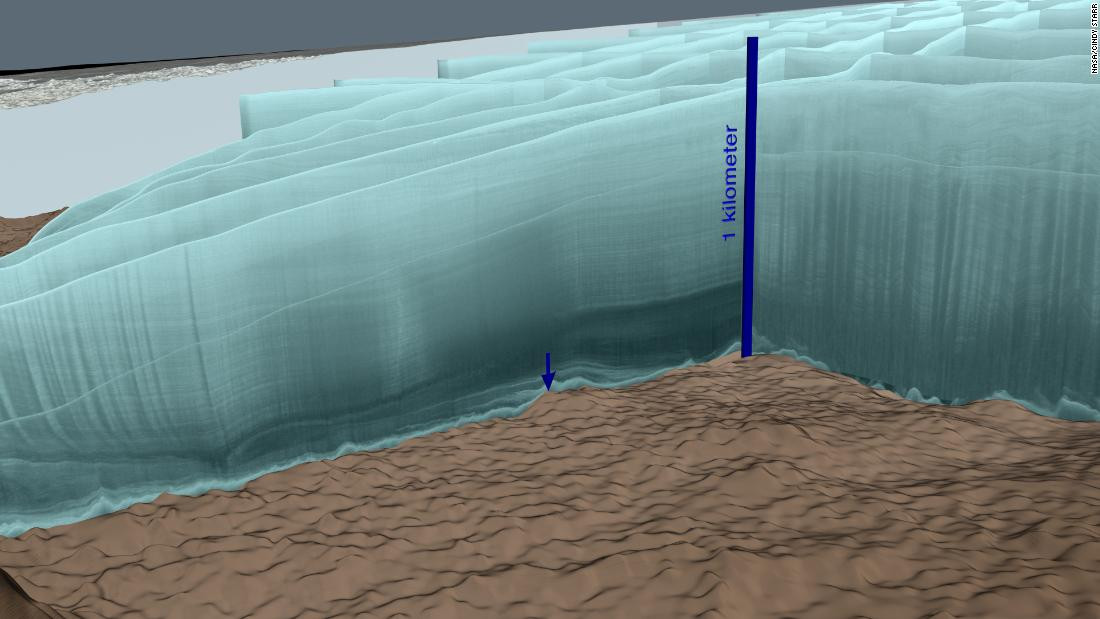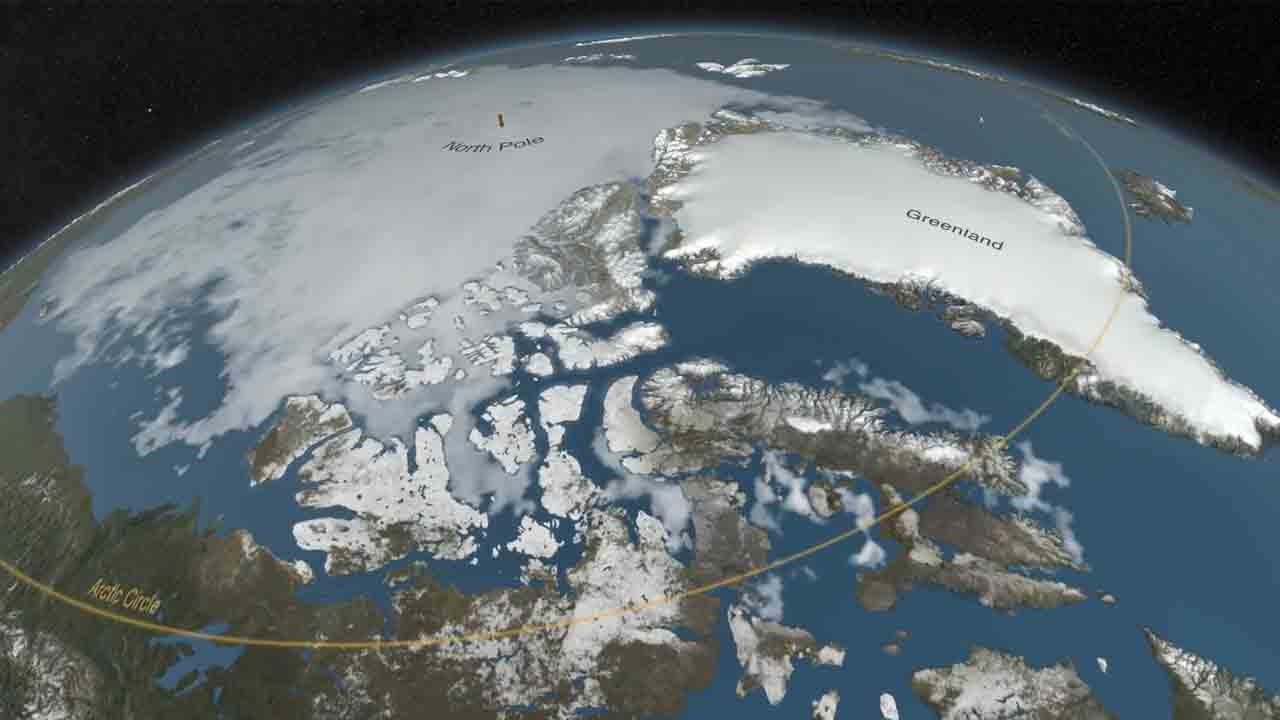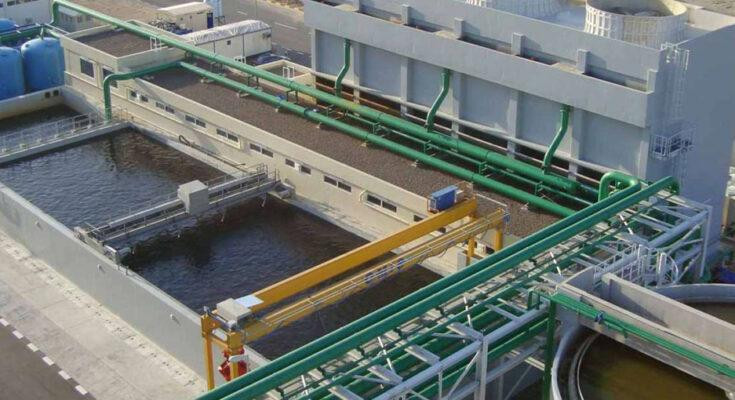An Unexpected Discovery During a Routine Mission
In April 2024, a NASA Gulfstream III aircraft, carrying a team of scientists and engineers, embarked on a routine mission to survey the Greenland Ice Sheet. Their primary objective was to map the ice sheet's depth and underlying bedrock using advanced radar technology. The team, led by cryospheric scientist Chad Greene and Alex Gardner, were meticulously monitoring the UAVSAR (Uninhabited Aerial Vehicle Synthetic Aperture Radar) as it probed the icy depths. Little did they know, this seemingly ordinary mission would unearth an extraordinary secret buried beneath the ice for decades.
The 'City Under the Ice': Unveiling Camp Century
The radar unexpectedly revealed a distinct anomaly within the ice: Camp Century. Initially, the scientists were puzzled. “We were looking for the bed of the ice and out pops Camp Century,” remarked Alex Gardner. “We didn’t know what it was at first.” This startling revelation unveiled a clandestine Cold War relic, a forgotten “city under the ice,” hidden beneath the seemingly impenetrable Greenland Ice Sheet.
Camp Century: A Cold War Relic
Camp Century, constructed in 1959 by the U.S. Army Corps of Engineers, was more than just a research facility; it was a strategically located military base carved into the ice sheet itself. A network of tunnels housed a range of facilities, including living quarters for up to 200 personnel, and a nuclear power plant – a critical component of Project Iceworm, a daring scheme to establish a launch site for nuclear missiles. However, the unstable nature of the ice sheet proved problematic, ultimately leading to the base's abandonment in 1967.
The Technology Behind the Discovery
The discovery of Camp Century was facilitated by the advanced capabilities of NASA's UAVSAR. Unlike conventional ground-penetrating radar which provides a 2D profile, UAVSAR's ability to look both downward and sideways creates three-dimensional maps, providing a much clearer and more detailed image of the subsurface structures. This enhanced dimensionality is what allowed the researchers to discern the individual structures of Camp Century with unprecedented clarity, revealing its layout in a way never before possible. Comparing the new radar map to historical blueprints of the base revealed a striking alignment between the detected structures and the planned tunnels, confirming the identification of Camp Century.
The Environmental Concerns: A Ticking Time Bomb?
The rediscovery of Camp Century raises significant environmental concerns. The abandoned base contains a substantial amount of hazardous waste, including radioactive materials, diesel fuel, and sewage, all potentially threatening the delicate Greenlandic ecosystem. The thawing effects of climate change pose a serious risk of these contaminants leaching into the surrounding environment, causing irreversible damage. Scientists have been actively studying the potential consequences of this thawing and are using past data gathered to estimate when the melting ice sheet might re-expose the base and its toxic contents.
The Urgency of Environmental Monitoring
The 2011 findings indicate the potential for harmful materials to seep into the surrounding ice before any noticeable surface melting occurs. This highlights the urgency of monitoring Camp Century and similar sites to assess the current environmental risk. The long-term effects of the contaminants on the surrounding ecosystem remain a critical issue, as the consequences could be devastating. The situation underscores the wider implications of climate change and its potential to unearth long-buried environmental hazards.
A Serendipitous Discovery and Future Implications
The discovery of Camp Century was entirely unplanned. Greene and Gardner’s primary goal was to assess the capabilities of UAVSAR for ice sheet mapping in preparation for future campaigns in Greenland, Antarctica, and beyond. The unintended discovery of this Cold War relic serves as a testament to the potential of innovative technologies to reveal previously unknown aspects of our planet. The data obtained from this serendipitous discovery will help improve models of future ice sheet behavior and sea level rise predictions. The research team’s unexpected finding provides valuable insights into the past while emphasizing the importance of continued scientific exploration and environmental monitoring in the face of climate change. This discovery emphasizes the crucial need for a comprehensive understanding of the Earth's changing climate and its impact on sensitive environments. The future work informed by this research will aid in developing better strategies for mitigating the risks posed by climate change and safeguarding the planet's delicate ecosystems.
A Window to the Past, A Warning for the Future
The rediscovery of Camp Century, a ghost of the Cold War era, serves as both a historical artifact and a stark reminder of potential environmental hazards. The discovery underscores the far-reaching consequences of past actions and the urgent need to address the ongoing challenges of climate change. The technological advancements that led to this unexpected revelation will play a pivotal role in ongoing research aimed at improving our understanding of ice sheet dynamics and mitigating future risks. Ultimately, the legacy of Camp Century will be not just as a forgotten military base, but also as a catalyst for future environmental stewardship.


















